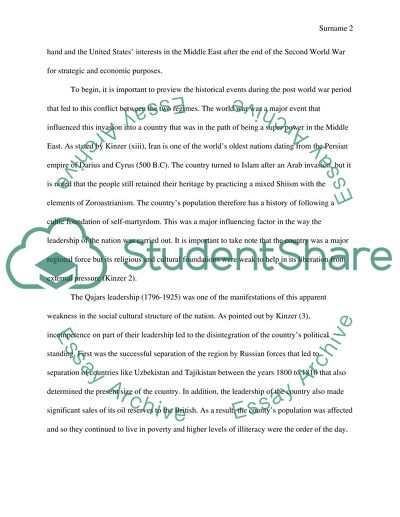Cite this document
(“Kinzer: All the Shahs Men Book Report/Review Example | Topics and Well Written Essays - 1000 words”, n.d.)
Kinzer: All the Shahs Men Book Report/Review Example | Topics and Well Written Essays - 1000 words. Retrieved from https://studentshare.org/history/1479171-kinzer-all-the-shahs-men
Kinzer: All the Shahs Men Book Report/Review Example | Topics and Well Written Essays - 1000 words. Retrieved from https://studentshare.org/history/1479171-kinzer-all-the-shahs-men
(Kinzer: All the Shahs Men Book Report/Review Example | Topics and Well Written Essays - 1000 Words)
Kinzer: All the Shahs Men Book Report/Review Example | Topics and Well Written Essays - 1000 Words. https://studentshare.org/history/1479171-kinzer-all-the-shahs-men.
Kinzer: All the Shahs Men Book Report/Review Example | Topics and Well Written Essays - 1000 Words. https://studentshare.org/history/1479171-kinzer-all-the-shahs-men.
“Kinzer: All the Shahs Men Book Report/Review Example | Topics and Well Written Essays - 1000 Words”, n.d. https://studentshare.org/history/1479171-kinzer-all-the-shahs-men.


